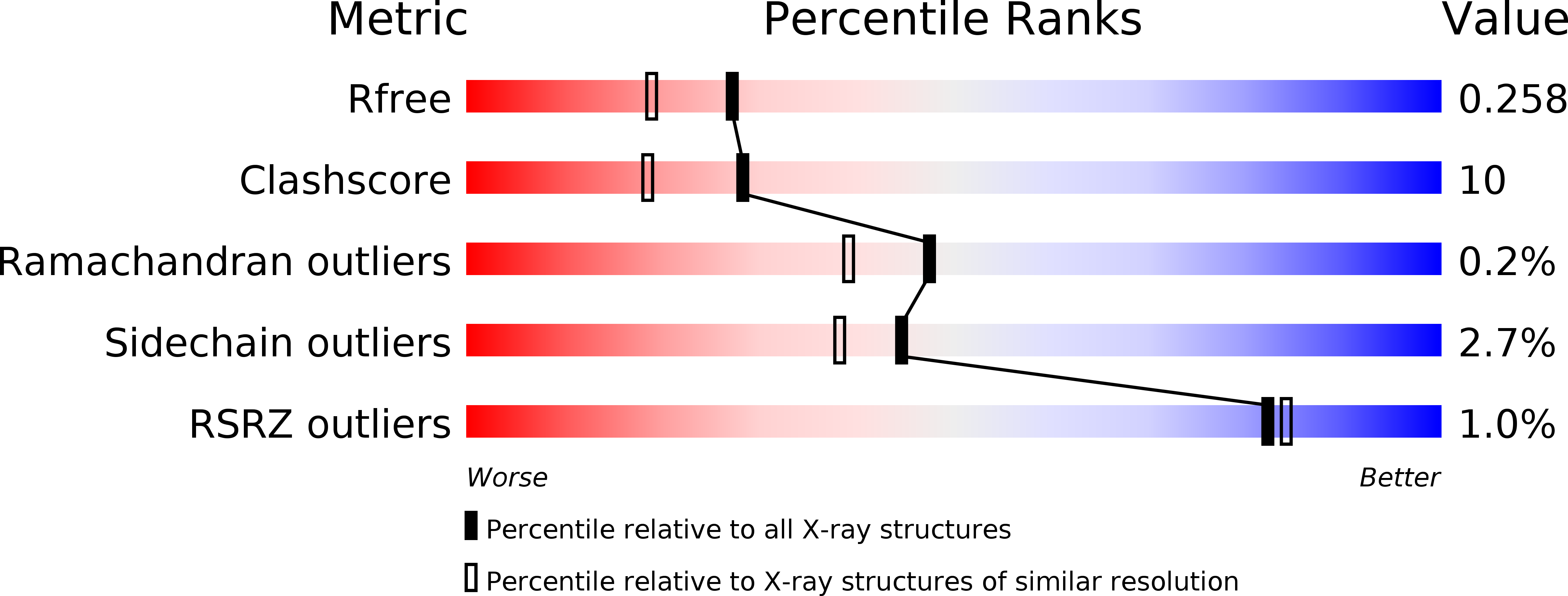
Deposition Date
2018-09-05
Release Date
2019-03-27
Last Version Date
2024-11-13
Entry Detail
PDB ID:
6HK5
Keywords:
Title:
X-ray structure of a truncated mutant of the metallochaperone CooJ with a high-affinity nickel-binding site
Biological Source:
Source Organism:
Rhodospirillum rubrum (Taxon ID: 1085)
Host Organism:
Method Details:
Experimental Method:
Resolution:
2.04 Å
R-Value Free:
0.25
R-Value Work:
0.19
R-Value Observed:
0.20
Space Group:
P 1 21 1


